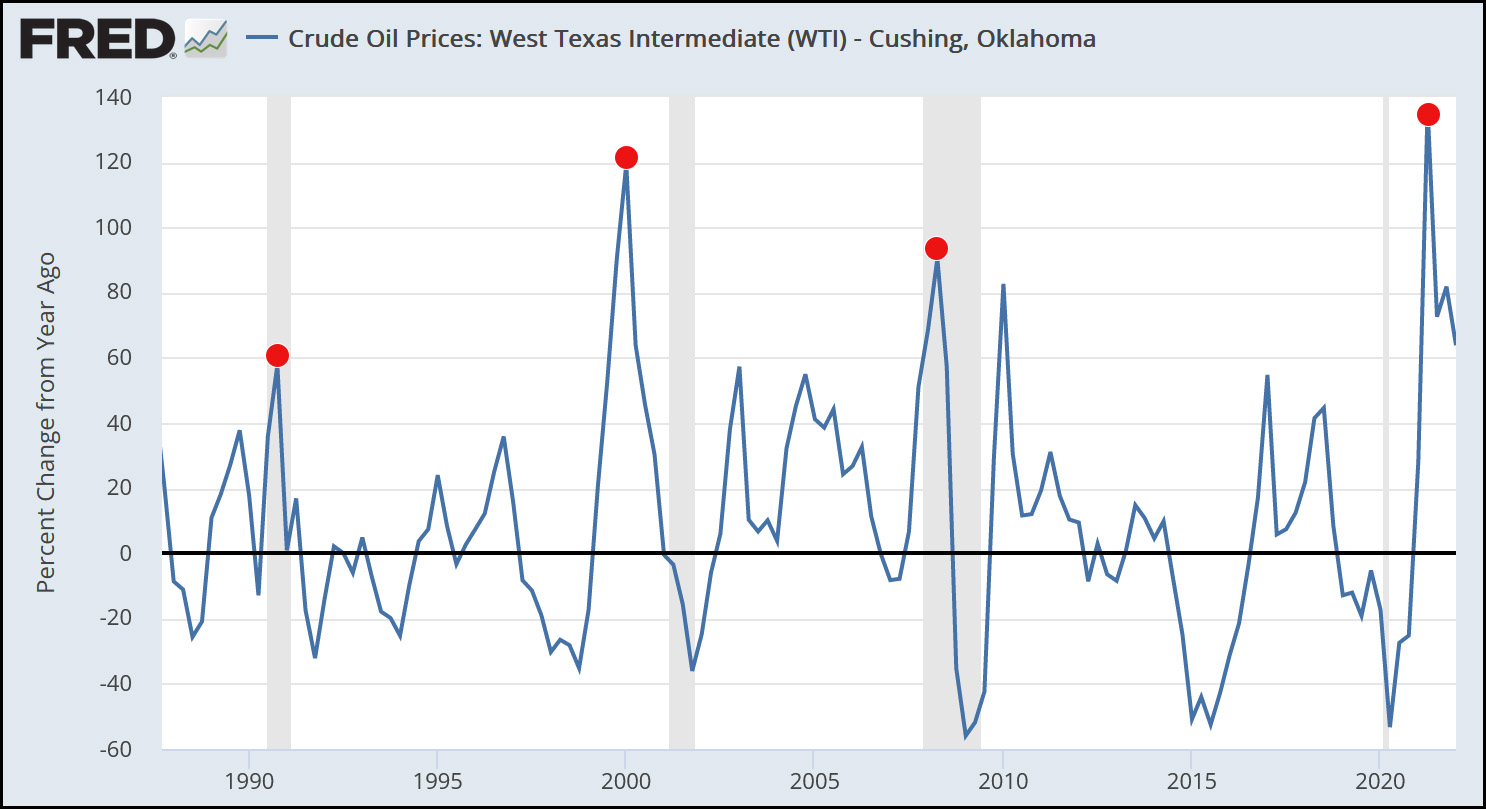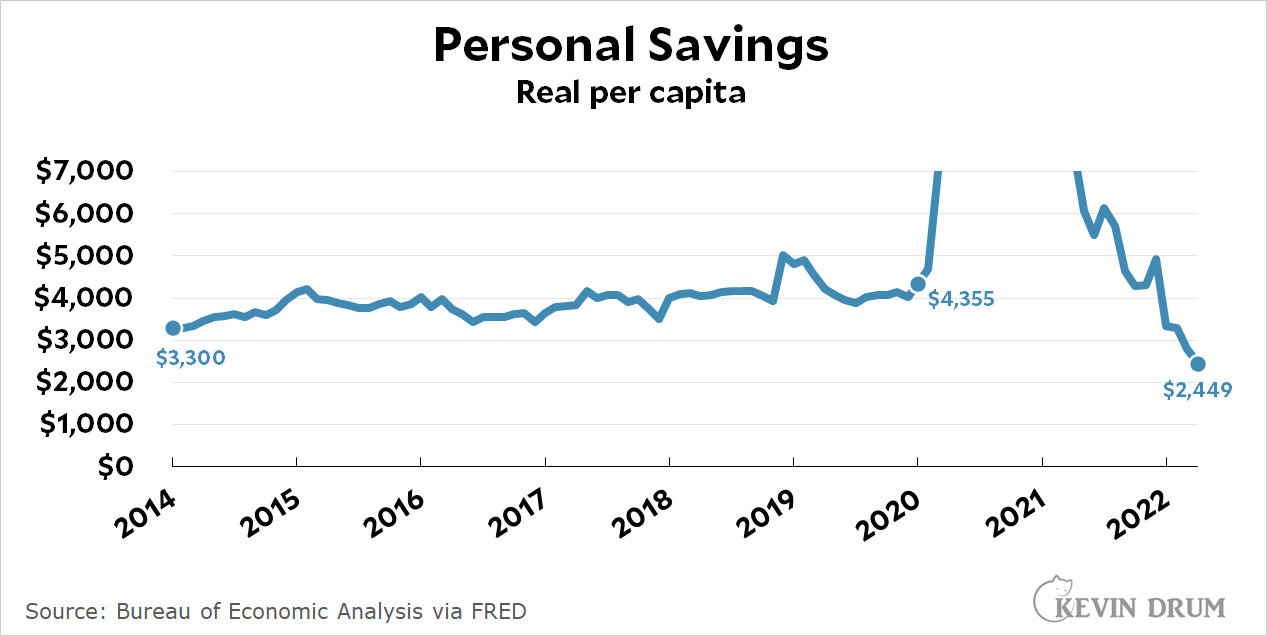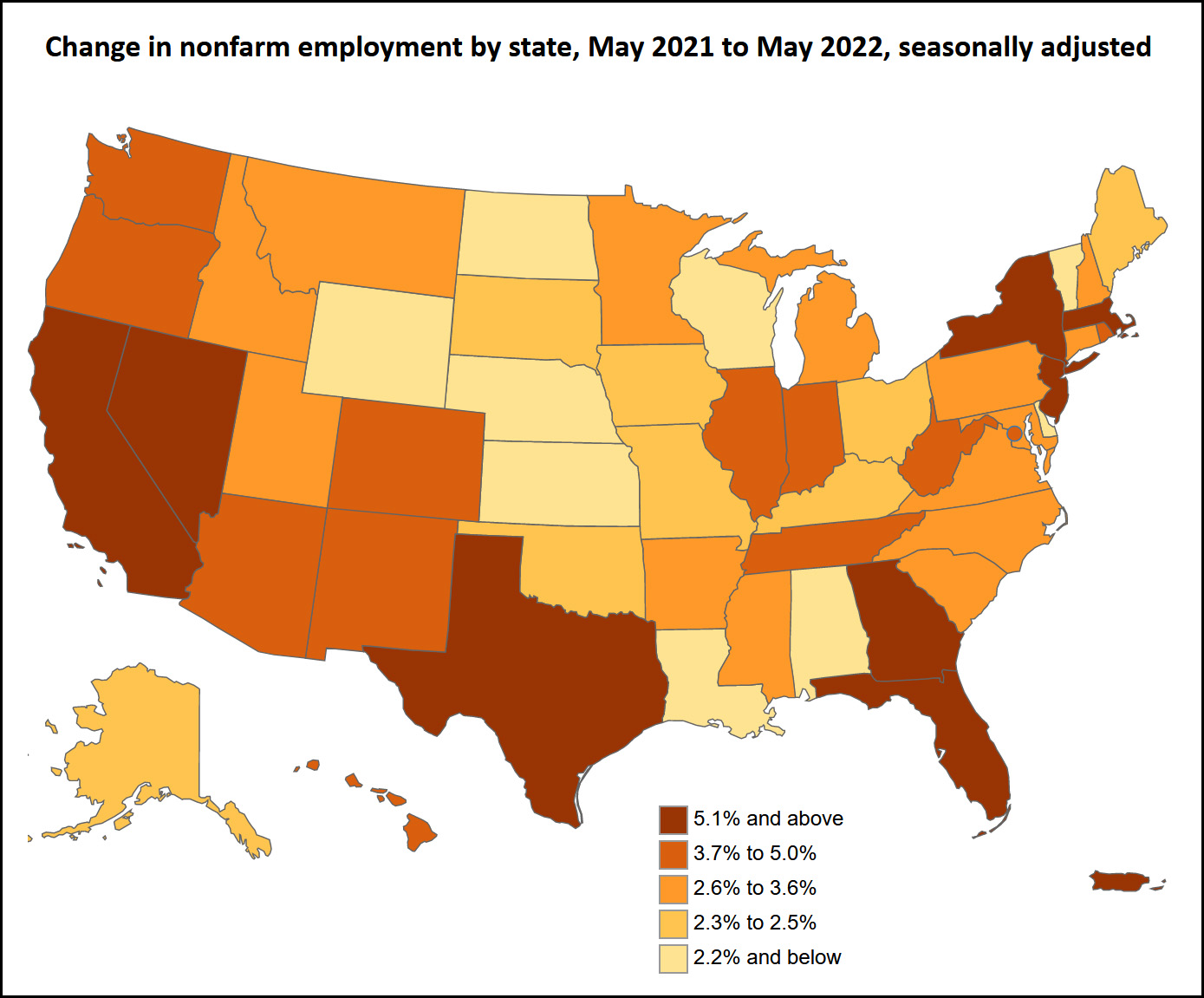Back in the Golden Age of blogging the Texas Republican Party platform was a regular object of ridicule, one that I'd write about every couple of years. It was always a hoot. Take back the Panama Canal! Return to the gold standard! Abolish the federal income tax!
Today the Texas GOP platform is back in the news because they're reminding everyone that Texas retains the right to secede from the Union. They've been doing this for a long time, though, so it's hardly new. Still, just to remind everyone what a bunch of loons these folks are, here's a short, curated list of some of the batfuckery in the 2022 platform:
- Support for constitutional amendments to (a) repeal the federal income tax, (b) have legislatures appoint senators, (c) make English the official language of the US.
- Also: abolish the estate tax, inventory taxes, carbon taxes, business franchise taxes, taxes on phone and internet services, the Affordable Care Act Home Sales Tax, and state property taxes.
- Due to widespread fraud by the Democratic Party, Joe Biden was not legitimately elected president.
- Repeal the minimum wage.
- Fine corporations that publicly support boycotts in protest of legislative action related to abortion, trans rights, CRT, vaccinations, etc.
- Privatize Social Security.
- Make machine guns legal.
- Abolish the Federal Reserve.
- Ban all sex education of any kind. Ditto for all reproductive health services in schools.
- Phonics!
- Guns for teachers!
- There are only two genders, and they are fixed at birth by God. Penalize corporations who object to legislation that protects children from "hormones and puberty blockers designed to fake transition from one gender to another."
- Abolish all federal welfare programs.
- Homosexuality is an "abnormal lifestyle choice." Transgender identities should not be "validated."
- No mask mandates, vaccination mandates, contact tracing, or quarantine.
- Allow patients access to any experimental drugs they want.
- Physicians who perform elective abortions should be liable to prosecution for murder.
- Jurors should be fully informed of their historical right to jury nullification.
- Repeal the Johnson Amendment! This is an oldie but a goody. The Johnson Amendment prohibits nonprofits, including churches, from endorsing or opposing political candidates. It was passed unanimously and without comment in 1954.
- End gay marriage.
- "Rescind unilateral no-fault divorce laws and support covenant marriage."
- Hold a referendum next year to see if Texans want to secede from the union.
- No gun free zones, regardless of whether private entities want them.
- Mail ballots should be available only to people who can't physically show up at a polling place.
- Build the wall!
- China is bad. Iran is bad. North Korea is bad. Israel is good. Taiwan is good.
- We should withdraw from the United Nations. Also, we should remove even a hint of support for Agenda 21 and other leftist UN programs.
There's much more, of course. This is just a taste. And I have to give the Texas GOP credit for moving with the times and finally removing antiquated references to the Panama Canal and the gold standard—though since they want to abolish the Fed, a return to the gold standard might be implied.
Just generally, I would call your attention to the clause allowing doctors to be prosecuted for murder if they perform elective abortions. Like most of the 2022 platform, it's not new. It was also part of the 2020 platform. But it's something that most abortion opponents try to downplay. Not the Texas GOP, though. They're eager to start tossing abortion providers in jail.











